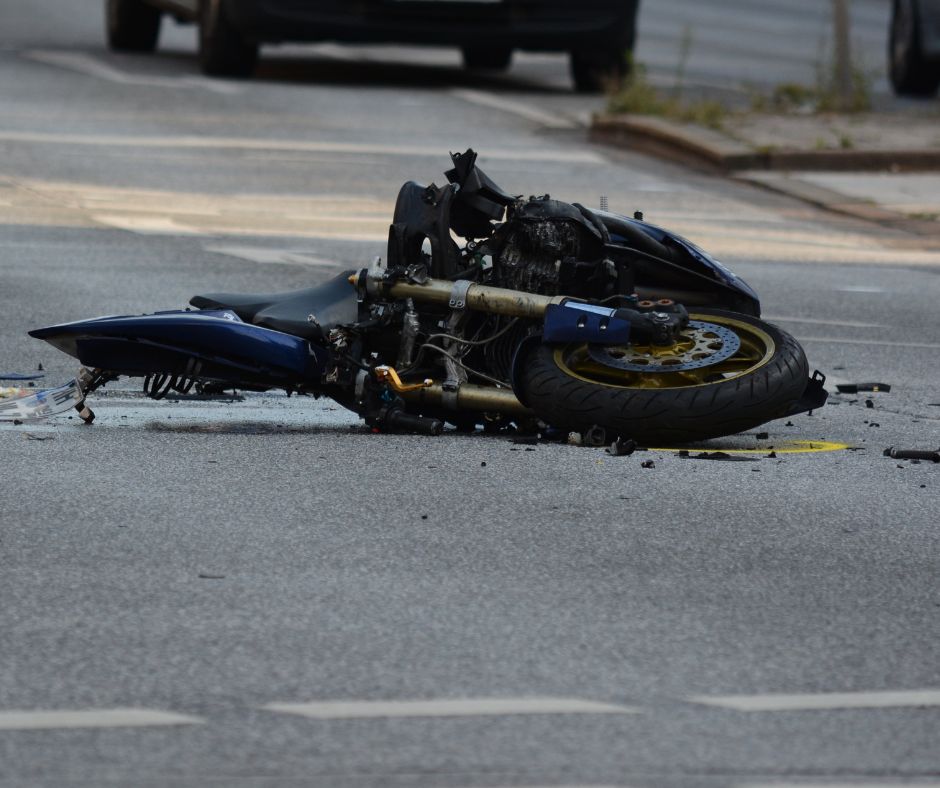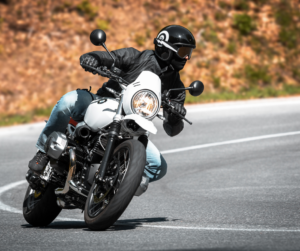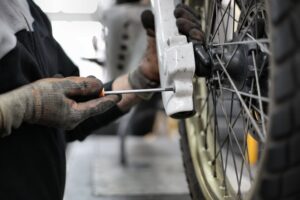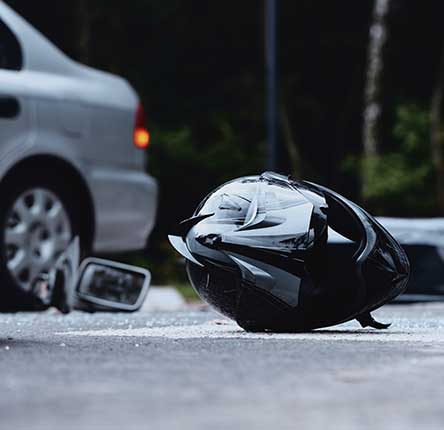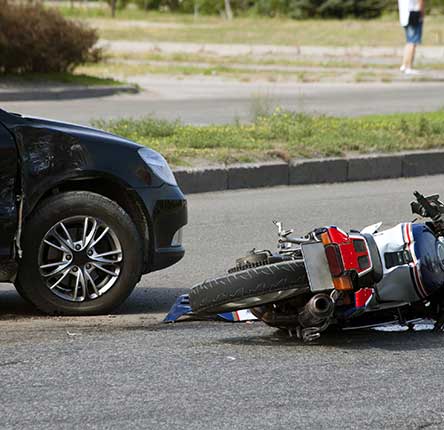Witnessing a fellow motorcyclist involved in an accident can be a distressing situation. It’s essential to know how to respond effectively and provide assistance while ensuring everyone’s safety. These are the steps you can take to help a fellow motorcyclist who has been in an accident.
- Ensure your safety:
The first priority is to ensure your own safety. Park your motorcycle in a safe location and activate your hazard lights or place a warning triangle to alert other motorists. Make sure you are out of harm’s way before proceeding.
- Assess the situation:
Take a moment to assess the accident scene and identify any immediate dangers. Look for factors such as traffic, leaking fuel, or other hazards that could pose a risk. If there are any ongoing dangers, call emergency services immediately.
- Call for help:
Contact the appropriate emergency services number in your country, such as 911 in the United States. Provide them with accurate details about the accident, including the location and the condition of the injured motorcyclist. Remain on the line to answer any additional questions they may have.
- Provide first aid if qualified:
If you have received first aid training, assess the injured rider’s condition and provide immediate assistance if it’s safe to do so. Check for breathing and a pulse, and administer CPR or control bleeding if necessary. Remember to prioritize your safety and only provide aid within the limits of your training.
- Protect the injured rider:
If it’s safe and practical, create a safe zone around the injured rider to shield them from further harm. Position your motorcycle or any other available object between them and oncoming traffic. Keep the rider calm, provide reassurance, and let them know that help is on the way.
- Direct traffic:
If the accident scene poses a risk to others and you are able to do so safely, help direct traffic to prevent further accidents or congestion. Be cautious, stay visible, and use appropriate hand signals to guide vehicles. Your primary focus should be on maintaining everyone’s safety.
- Gather information:
If possible, gather pertinent information about the accident. This includes the license plate numbers of the involved vehicles, the names and contact details of witnesses, and any other relevant details. Such information may be valuable for insurance purposes or legal proceedings later on. Take plenty of pictures, including property damage debris and skid marks. Take photos of the license plates of any potential witnesses.
- Offer support and comfort:
While emergency services are on their way, provide emotional support to the injured rider and any others involved. Stay with them if they are alone, keep them calm, and reassure them until their loved ones or emergency personnel arrive.
Being prepared to assist a fellow motorcyclist involved in an accident can make a significant difference in their well-being and recovery. By following these steps, you can ensure their safety while providing the necessary aid. Remember to prioritize your own safety throughout the process. By acting responsibly, you can help make a difficult situation more manageable and potentially save lives.
If you have been injured or are being blamed for a collision, don’t hesitate to contact a motorcycle accident lawyer today to schedule a consultation and begin the process of seeking justice for your injuries and losses. If you need help finding an attorney, contact us today.

